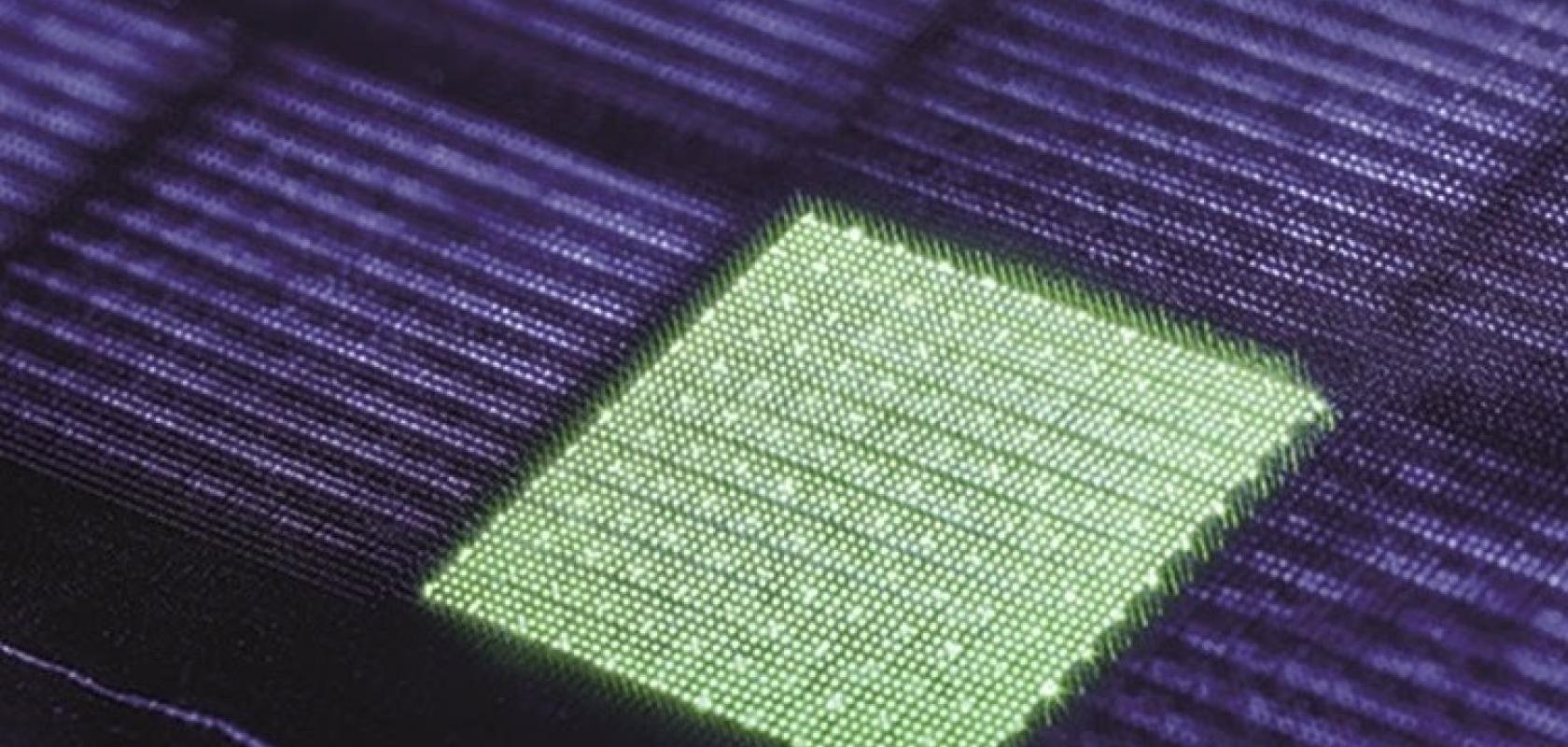A filter that can remove microplastics from water has been developed by the German-government funded SimConDrill project. The filter, which can sieve particles as small as 10 micrometres thanks to its laser-drilled holes, has been nominated for the Green Award 2020 as part of the Greentech Festival taking place in Berlin in June.
According to a study by the Fraunhofer Institute for Environmental, Safety and Energy Technology, 333,000 metric tons of microplastics are released into the environment each year in Germany alone. Yet researchers are still very much in the early stages of their investigations into what effects this might have on people and the environment. Microplastics are a widespread problem, and filtering out these tiny particles efficiently is simply not something wastewater treatment plants are designed to do.
The SimConDrill partners are aiming to develop a durable filter module to separate microplastics from water. Equipped with laser-drilled holes, the filter will be designed to filter out particles as small as 10 micrometres, even in applications involving large quantities of water.
Related story: Spectroscopy used to characterise microplastics
This new generation of filters is based on a cyclone filter from Klass-Filter GmbH. Large quantities of water are pushed through the filter at the centre while the particles in the water are separated out.
The Fraunhofer Institute for Laser Technology ILT and the company LaserJob GmbH are working on the technology required to drill holes efficiently in the metal foils used in the cyclone filter. The most suitable systems for this job are high-power lasers that emit ultra-short pulses in the picosecond and femtosecond ranges. To produce an efficient filter, the laser must drill large numbers of holes in the thin foils, ensuring that each hole is smaller than 10 micrometres.

Just 200 micrometers thick, the metal foils feature laser-drilled holes with a diameter of just 10 micrometers. Credit: Fraunhofer ILT
To make the process more affordable, the scientists are also investigating the use of multi-beam processing with more than 100 parallel beams. Care must be taken with this method, however, since drilling 100 holes simultaneously may melt and distort the filter foil. The key here is to ensure carefully aligned process parameters and suitable processing strategies. To do this, the researchers are combining a process simulation developed at Fraunhofer ILT with optimisation software from OptiY GmbH. To guarantee the quality of the laser drilling process, they are also using a measuring system developed in collaboration with Lunovu GmbH. This system will ensure that all the holes are drilled correctly and that water flows through the filter at a normal rate.
The research project is set to run until June 2021. Currently, the team can drill holes with a diameter of 10 micrometres in metal foils that are 200 micrometres thick. The next step is to scale up the process for industrial use. The researchers have already succeeded in integrating some of the drilled test foils in the cyclone filter and begun functional and flow testing.
Although the filter module is being developed and tested for wastewater treatment plants, it could also conceivably be adapted for mobile use in sewer cleaning vehicles or for private households. The filter also offers significant potential for cleaning ballast water. The SimConDrill filter is designed to be durable rather than disposable, with a rotor in place to prevent it getting blocked. The microplastics filtered out of the water can be collected from the cyclone filter and then recycled.


